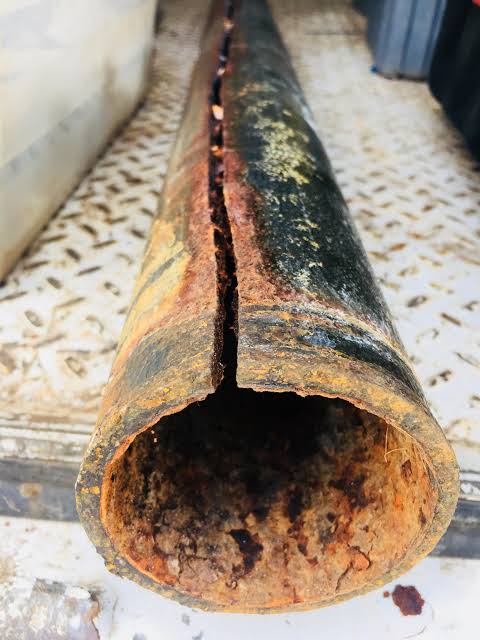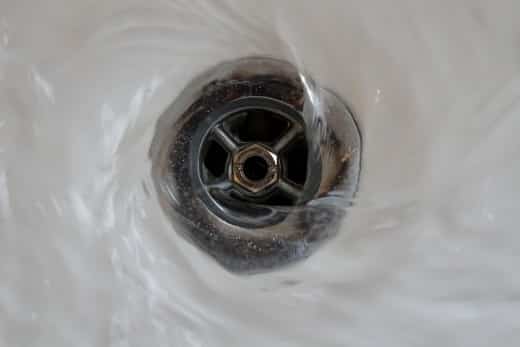BLOG

WHO PAYS WHEN A RENTAL PROPERTY FLOODS!?

Damage that is a landlord’s responsibility
damage landlord's responsibility
In the occurrence of a break in, a landlord will be responsible for damage to the property itself and for ensuring the property is secure again while the tenants will be responsible for their own contents within the property. However this can be a grey area – if there is reason to believe a tenant’s negligence led to a break in, for instance – and should be checked in each residential tenancy agreement for clarification.
However, landlords should be aware of the responsibility they have as property owners and not assume that they will automatically be covered by insurance. Say, for instance, a property is vacant for an extended period and during this time it is broken into on several occasions because of broken locks or windows that the owner was aware of but failed to secure. As the owner has not taken necessary precautions to secure the property (by installing new locks or boarding up windows, for instance), especially after the initial break in, some of their insurance claims may be rejected.
In summary, the landlord must take action to ensure the property is safe and well maintained at all times, whether tenanted or not.
Damage for tenants to fix
When it comes to damage and repairs, tenants have responsibilities too.
Any malicious or accidental damage to the property caused by a tenant or their guests is the tenant’s responsibility. However, it should still be reported to the property manager or landlord. Malicious damage could be a hole punched in a wall or even nails hammered into the wall without a landlord’s permission. Accidental damage could be red wine spilled on a carpet, for example.
Tenants are also responsible for ensuring that all repairs are reported to their landlord or property manager promptly.
Addressing repairs at tribunal
If there is a situation where it cannot be agreed between the landlord and tenant who was responsible for damage, the case may be taken to a residential tenancy tribunal where copies of insurance policies, photos of damage and inspection reports, and quotes for repairs are all carefully reviewed by the third party tribunal.
Learn my by reading the original article here.











